Speaking at the opening ceremony, Mr. Trinh Hai Son, Director of the Institute of Geosciences and Mineral Resources, said: “The ESFP project is promising as it explores the use of coal and its by-products as a source of rare earth elements and other critical elements. This initiative can open up new avenues of cooperation, contributing significantly to the goals and plans of the governments of Korea, Vietnam and the United States. It is not only in line with our shared commitment to sustainable development, but also provides an opportunity to exploit new sources of rare earth elements from waste materials generated from coal, which could have a transformative impact on various industries.”
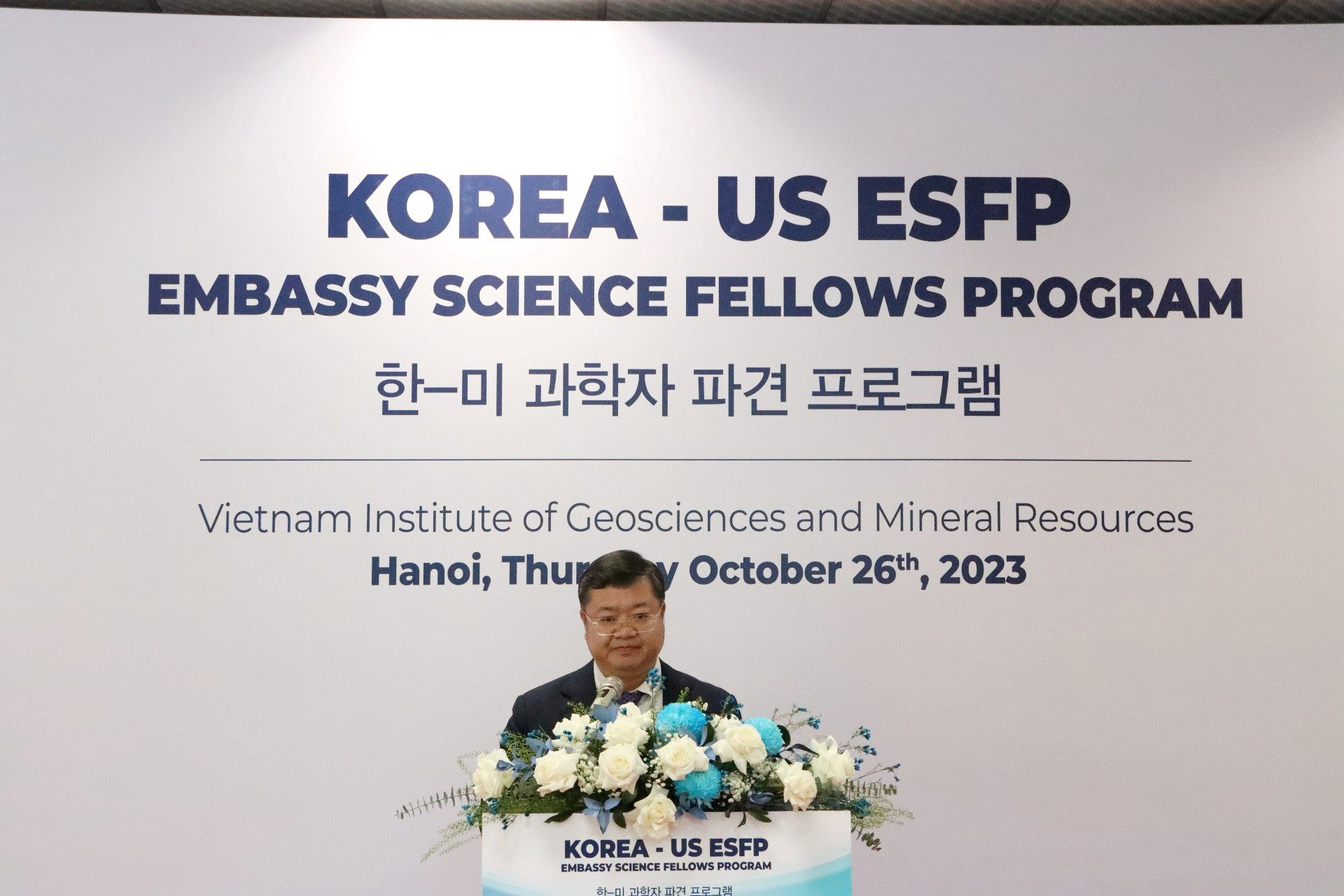
Director Trinh Hai Son emphasized that although this project marks the first collaborative effort between the three countries in scientific research, it certainly lays the foundation for many future cooperation opportunities. He hopes that the next three months of survey and sample collection to assess the potential of rare earth elements in coal and coal-derived products will be a fruitful effort. He also believes that this initiative will pave the way for many other collaborative projects in the coming years.
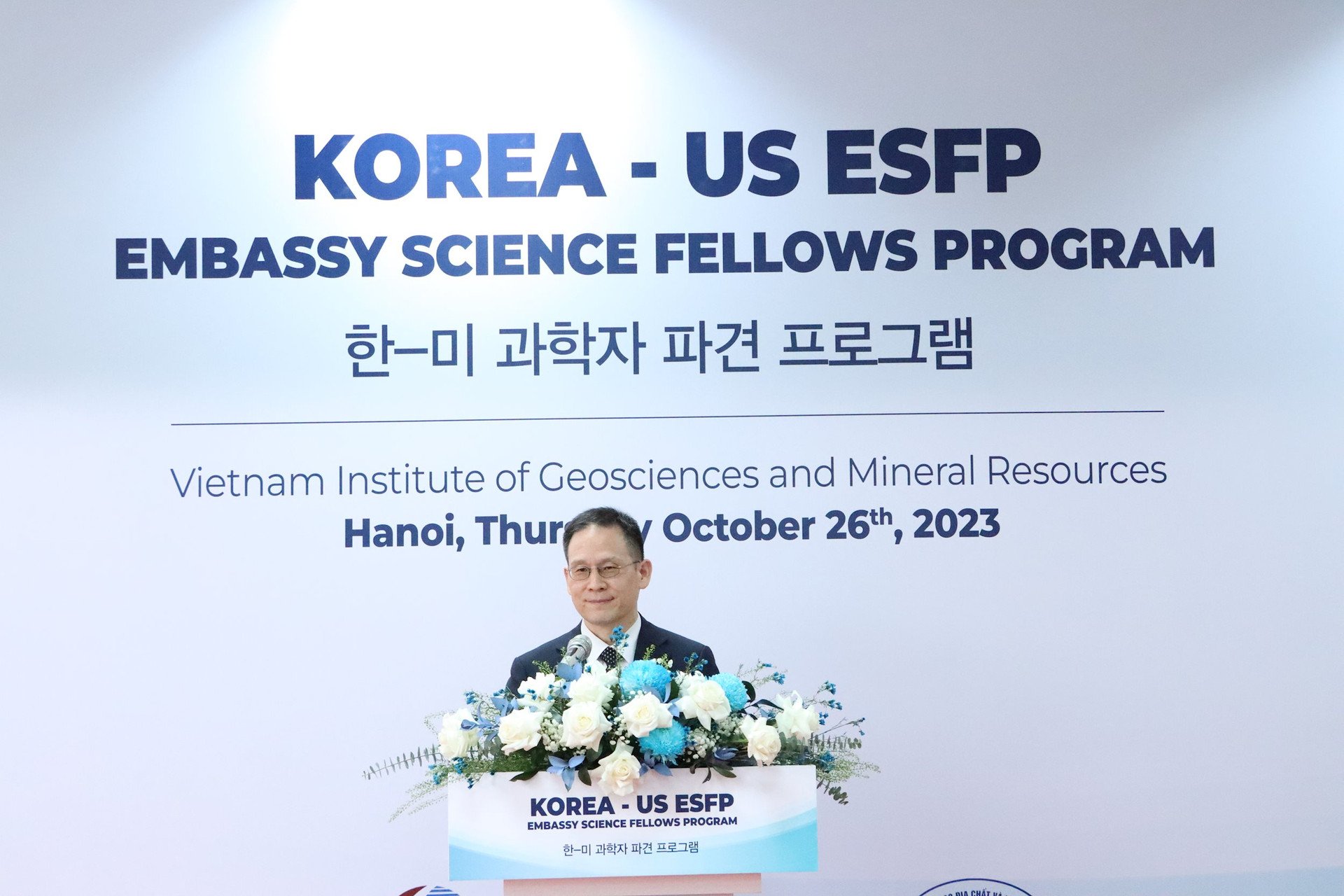
Speaking at the event, Mr. Park Jong Kyung - Consul General of the Korean Embassy in Vietnam said: The ESFP program is a scientific cooperation program between Korea and the United States, in which experts from the United States and Korea are sent to conduct research in a third country. There are many countries on the list of third countries, including Vietnam.
Recently, the relationship between Korea, Vietnam and the United States has been upgraded to a comprehensive strategic partnership. The cooperation between the three countries is even more meaningful. In this cooperation, Korea and the United States will share research and technology know-how with Vietnam. Vietnam will provide the necessary coal ash samples for this research, thereby forming a multilateral cooperation relationship that is beneficial to all three parties.
The ESFP project will contribute to achieving the carbon neutrality goals of the three countries. This will be an opportunity to enhance the competitiveness of the green industry.
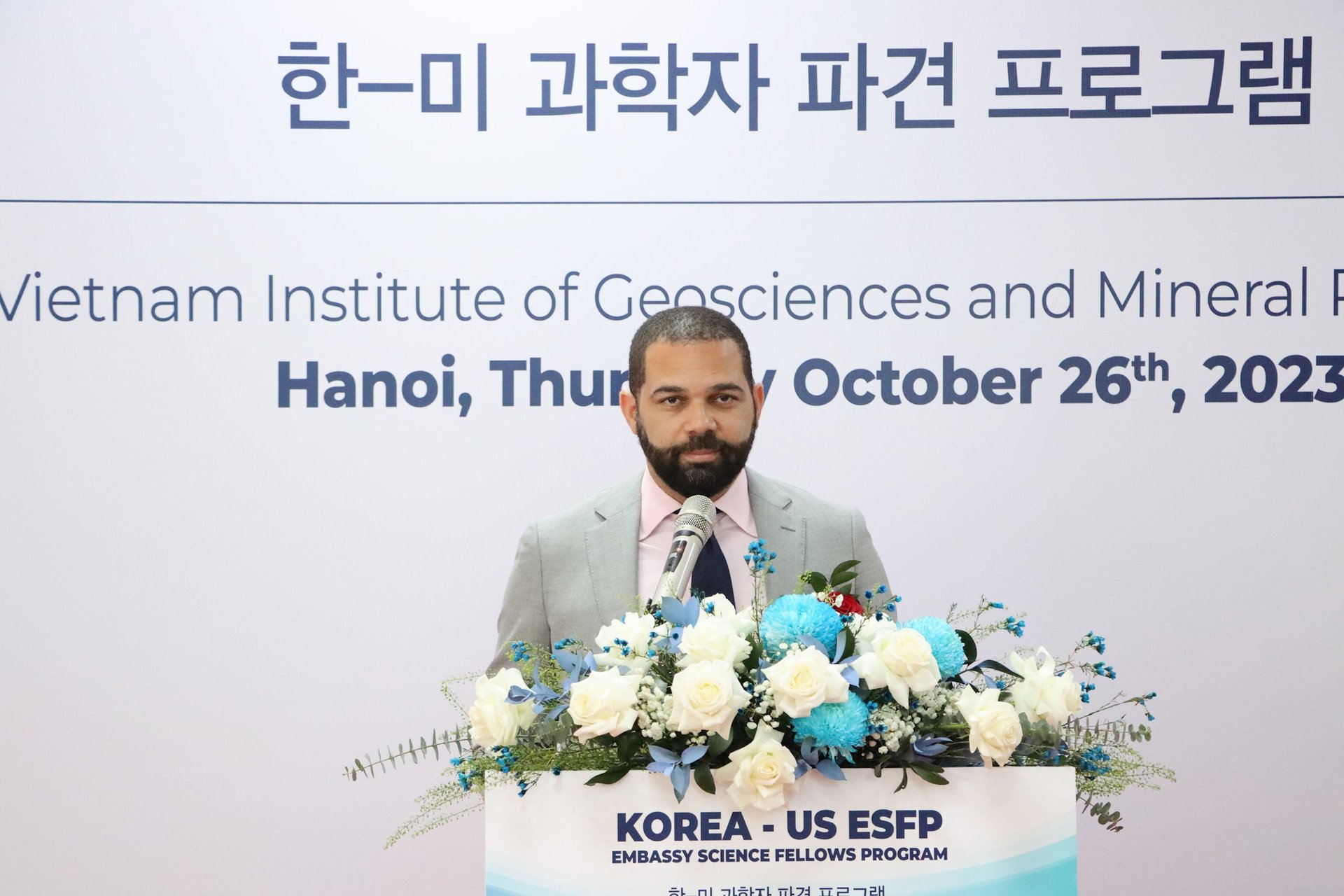
According to Mr. Park Jong Kyung, there are about 800 million tons of coal ash worldwide, of which the US accounts for 70 million tons, and South Korea and Vietnam produce more than 10 million tons each year. Coal ash is mainly buried or abandoned, causing environmental pollution.
As each country is developing coal ash recycling technology, the cooperation between the three parties will help develop technology to recover rare earth elements from coal ash. By recycling coal ash, a by-product of coal-fired power generation, we will help protect the environment and reduce carbon emissions. In particular, if the transfer of related technology to the private sector leads to commercialization, it will lay the foundation for green industry.
Mr. Park Jong Kyung added that rare earths are core, strategic minerals used in many high-tech products such as smartphones and electric vehicles. In cases where a particular country's production ratio is high, rare earths play a very important role in terms of economic security. The development of rare earth recovery and recycling technology will contribute to diversifying the rare earth supply chain. On that basis, a medium- and long-term supply chain cooperation plan will be developed.
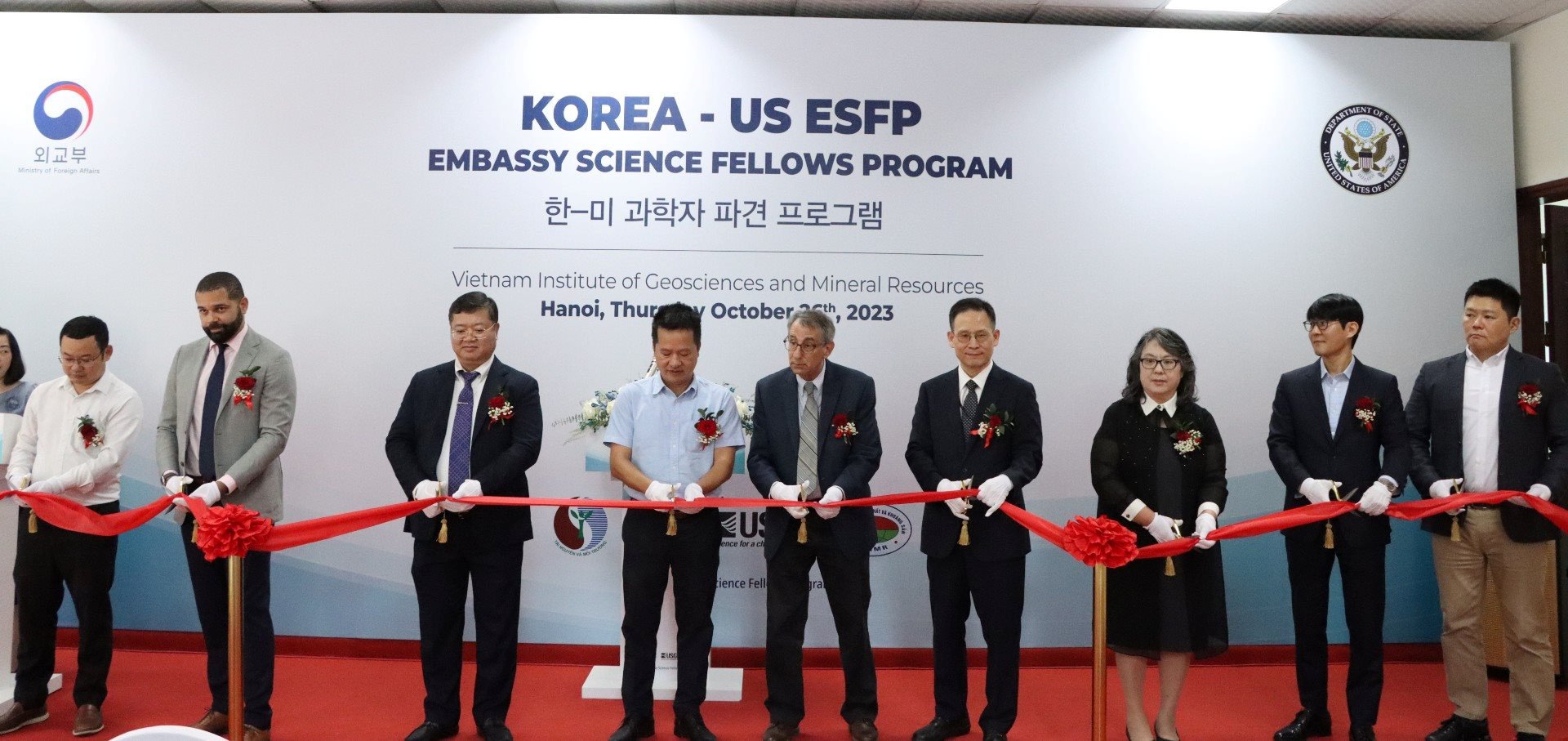
At the ceremony, Mr. Barrett Bryson, Energy Specialist at the US Embassy in Hanoi said: The recent unprecedented elevation of the US-Vietnam Strategic Partnership builds on the strong trade and investment relationship between the two sides. It creates a future marked by sustainable growth and increased cooperation in science, technology, education and skills development.
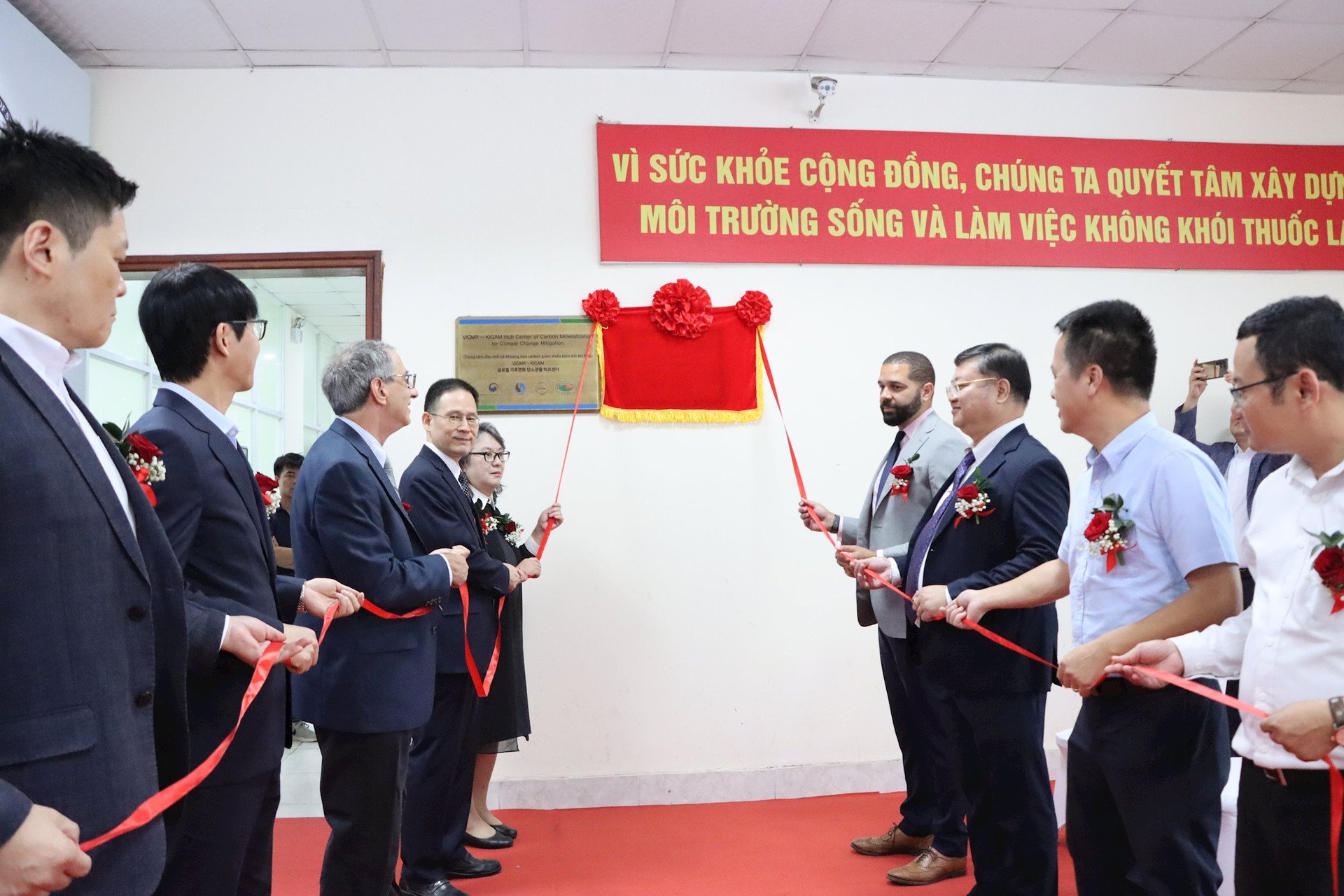
The ESFP project not only demonstrates the ambition of the comprehensive strategic partnership, but also strengthens US-ROK-Vietnam cooperation and promotes partnerships in Southeast Asia and the Pacific. This is the first formal science and technology cooperation between the three countries, and although for the US side, this particular project will end on December 31, 2023, it will set the stage for future collaborative efforts.
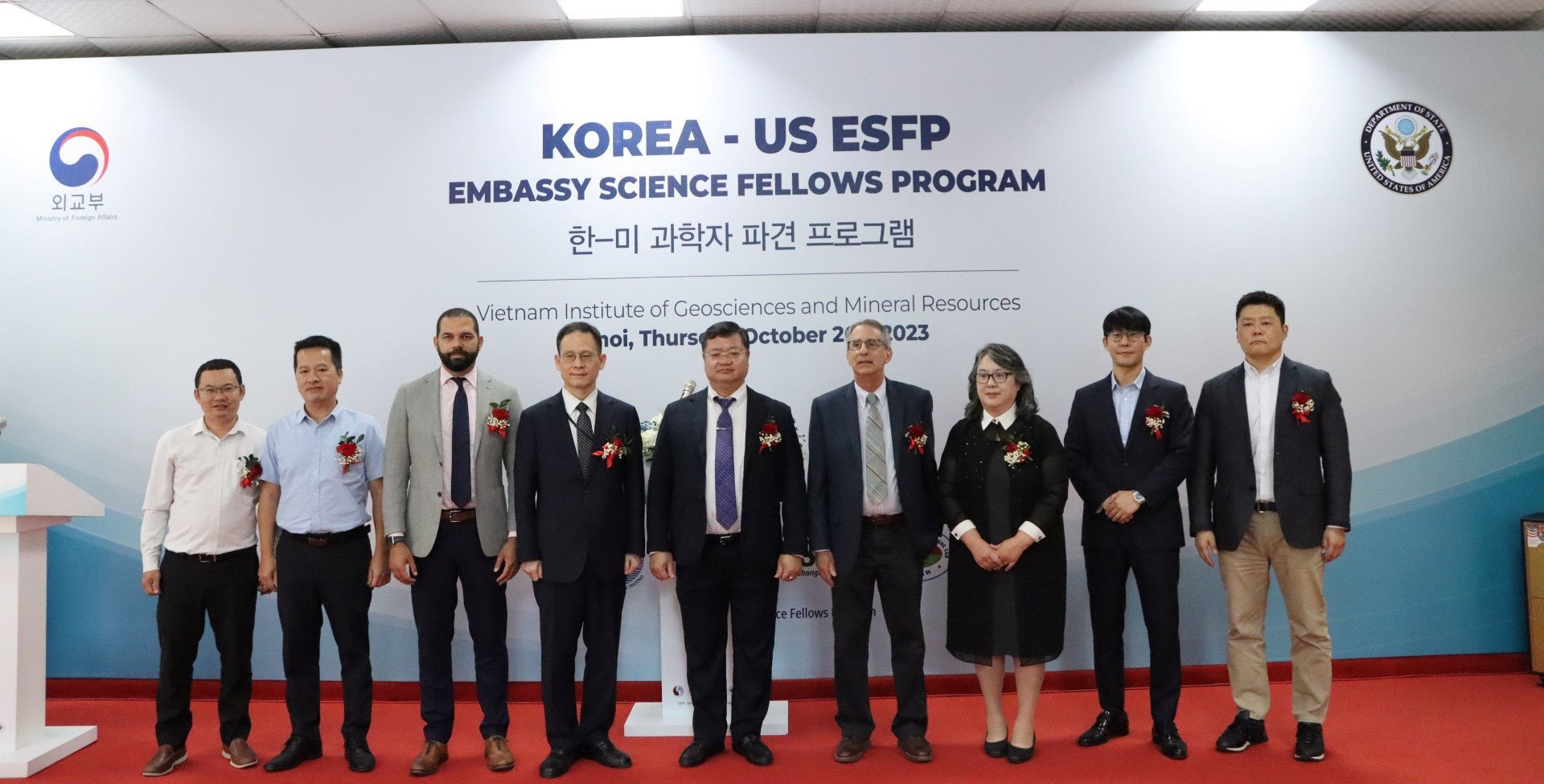
According to Mr. Barrett Bryson, over the past few days, he and his colleagues have conducted field surveys, collected samples from various locations in Thai Nguyen and Quang Ninh, visited four coal power plants and four coal mines, and collected more than 60 coal samples from these locations. These samples will help determine the presence of commercially valuable rare earth elements in coal ash and explore advanced technologies for carbon sequestration through mineralization.
At the ceremony, delegates cut the ribbon to inaugurate the Center for Scientific Research Program Implementation of the Embassy of the Republic of Korea - Embassy of the United States. The Center is located at the headquarters of the Institute of Geosciences and Mineral Resources.
The Embassy of the Republic of Korea - Embassy of the United States of America Scientific Research Program facilitates the exchange of technologies related to the study and characterization of the origin and formation of coal and rare earth deposits in Vietnam, including: research on solutions for the accumulation of rare earth elements in coal mines in Vietnam and the assessment of the potential value of rare earth elements and other key elements from coal mines and coal-related products in Vietnam through the characterization of how rare earth elements and key elements exist and their concentrations in coal mines and coal-related products.
Source


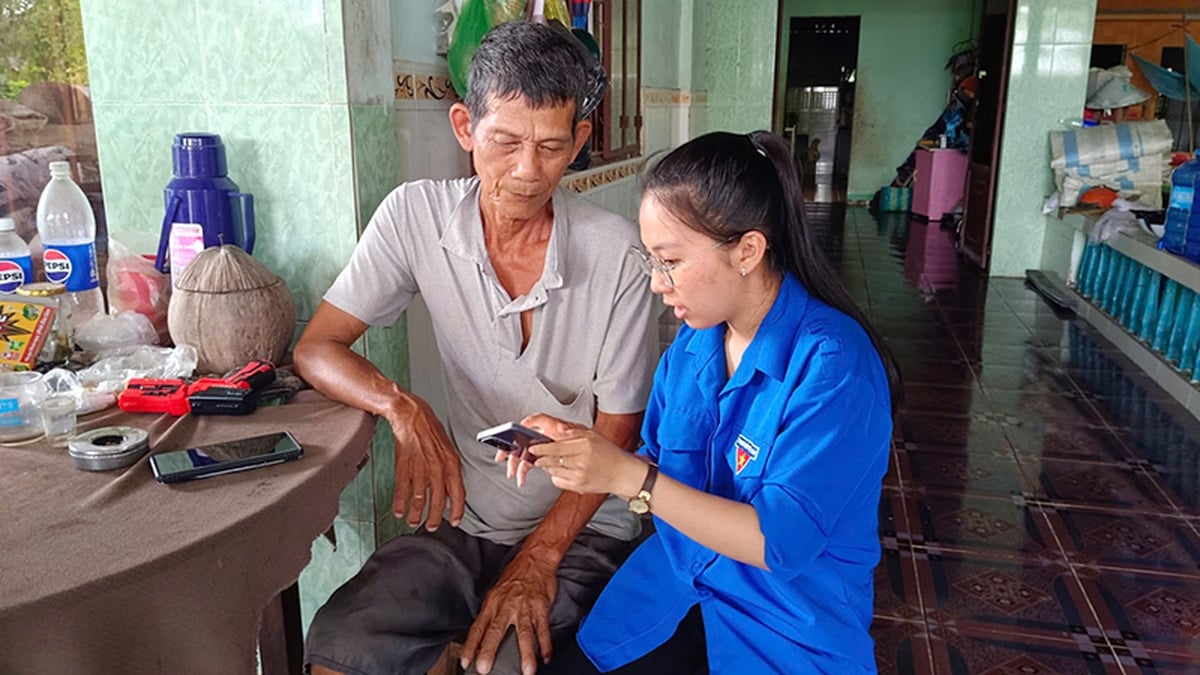
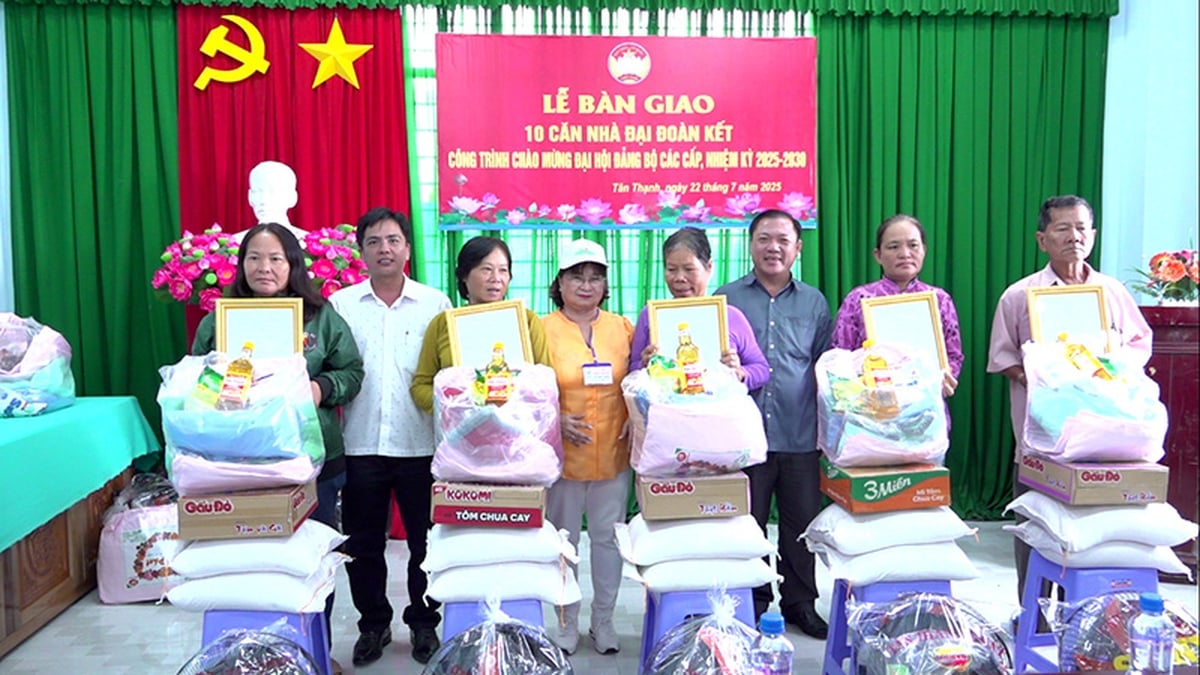
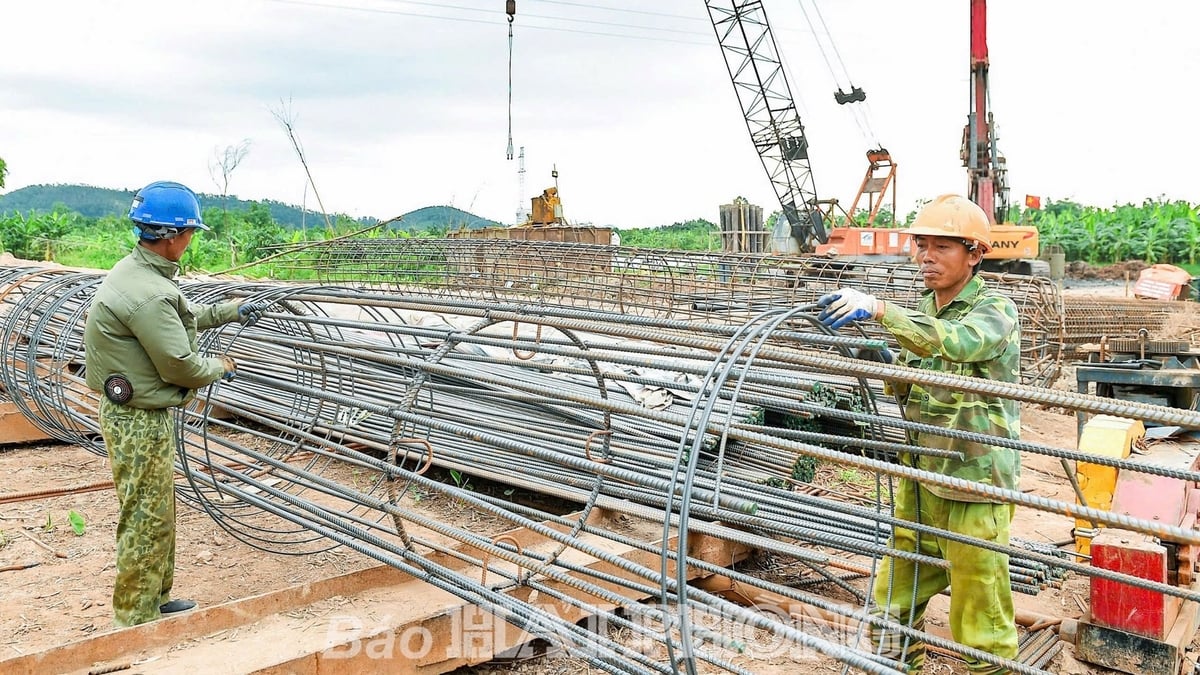
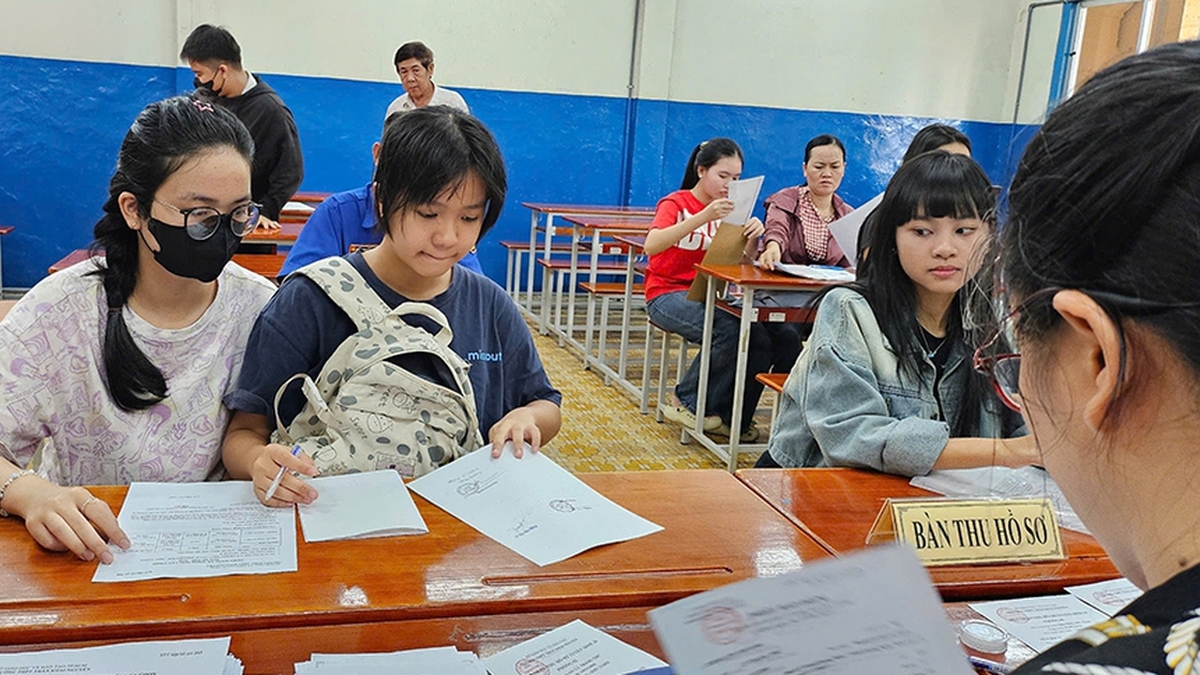


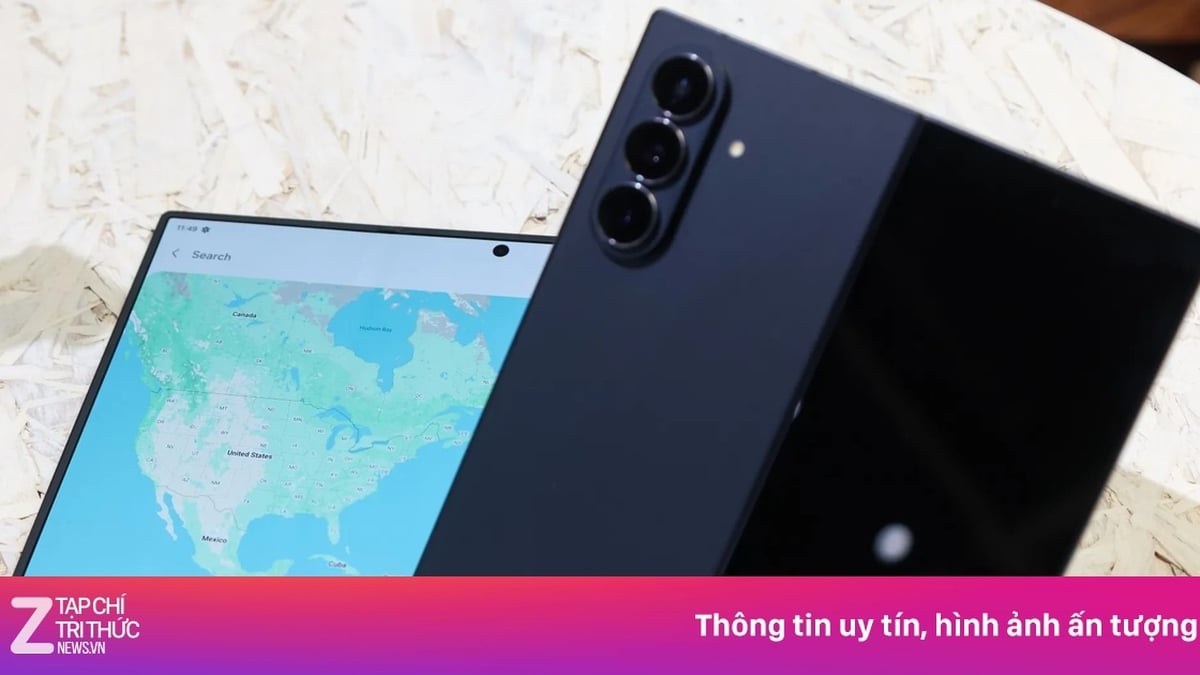
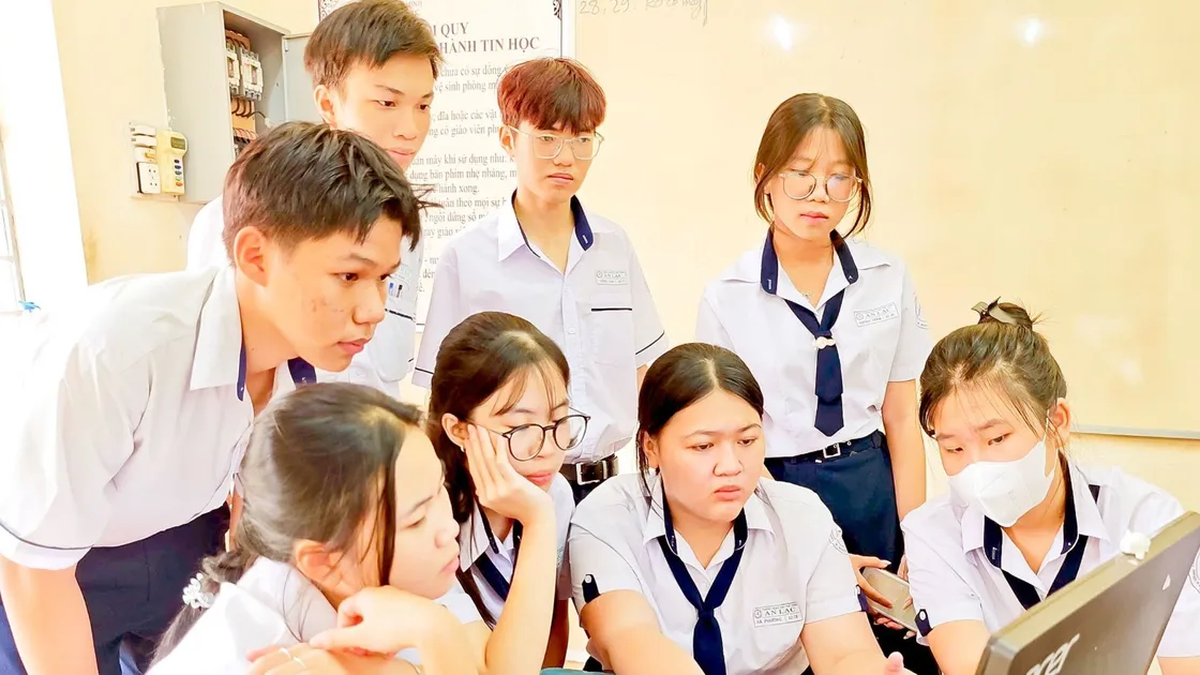




















![[Photo] Signing of cooperation between ministries, branches and localities of Vietnam and Senegal](https://vphoto.vietnam.vn/thumb/1200x675/vietnam/resource/IMAGE/2025/7/24/6147c654b0ae4f2793188e982e272651)

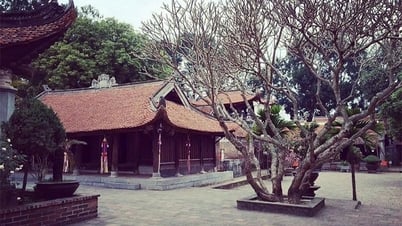

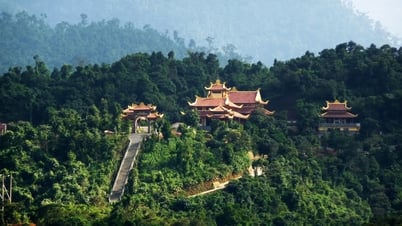



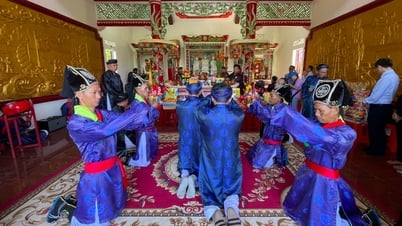

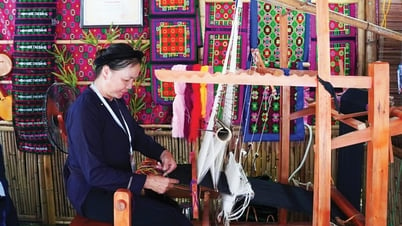

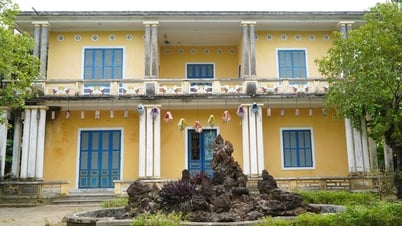



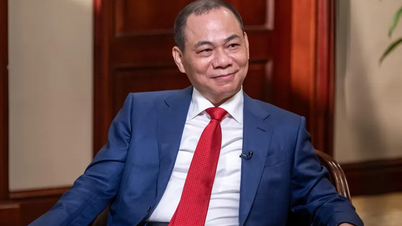
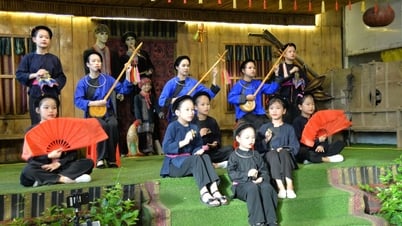

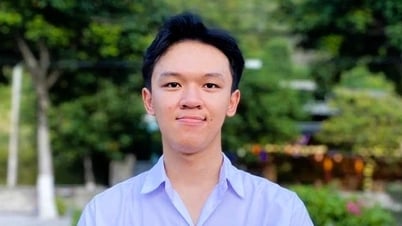



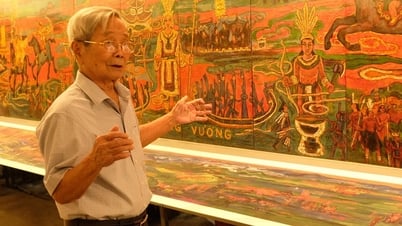




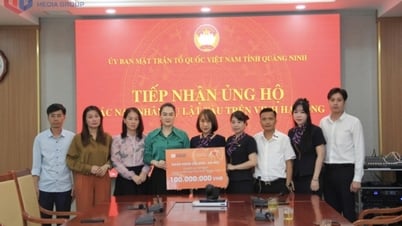



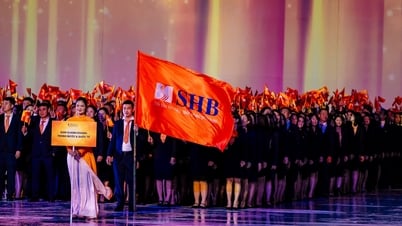

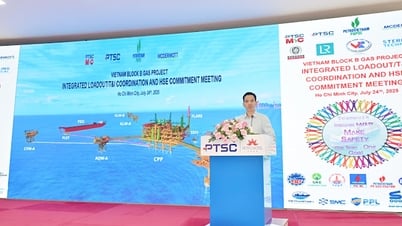
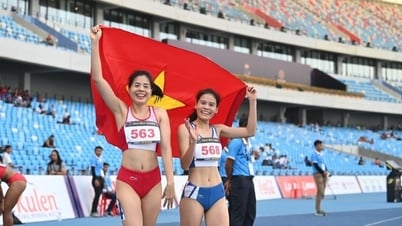

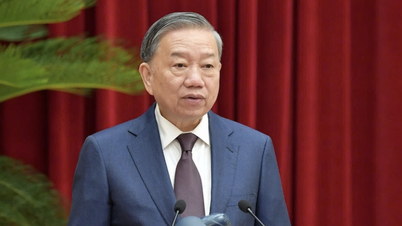

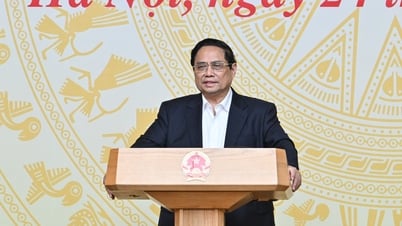
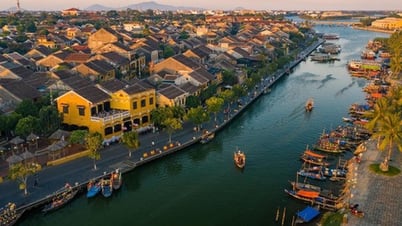
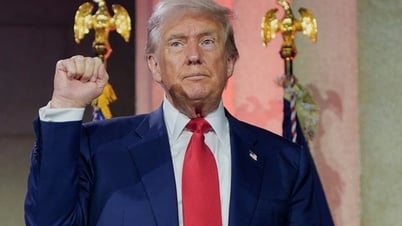

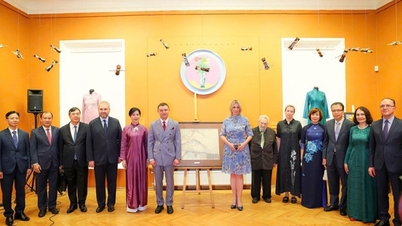

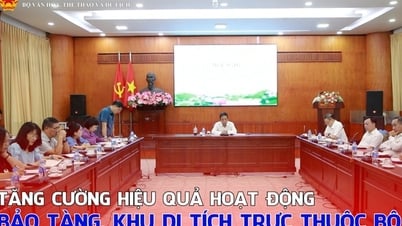
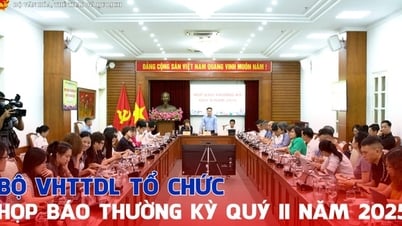
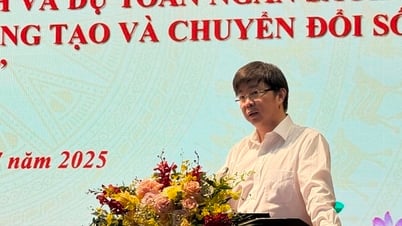

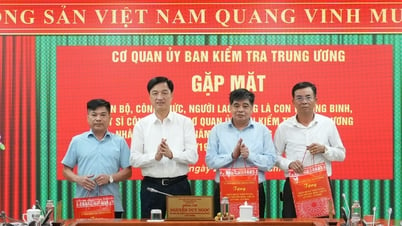

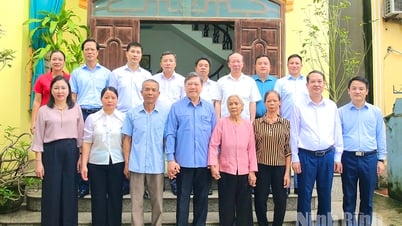









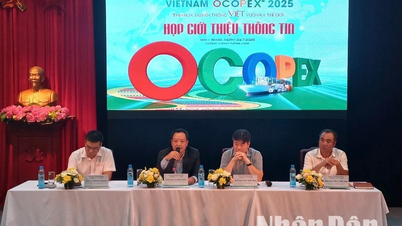
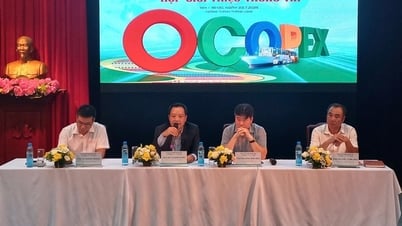
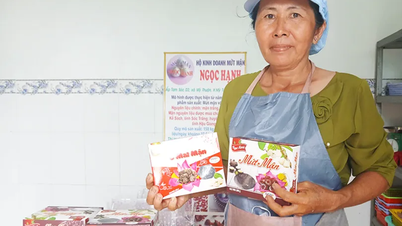

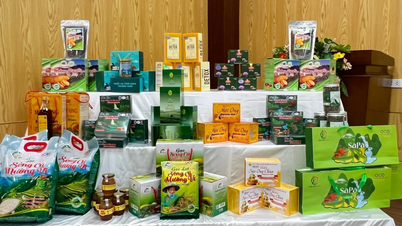

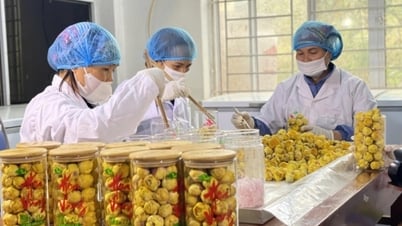


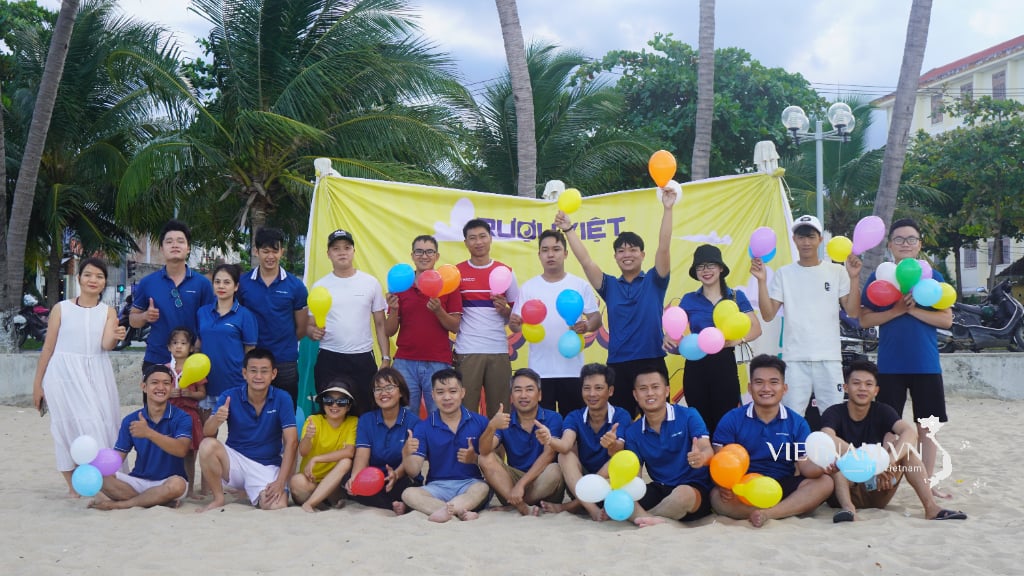


Comment (0)